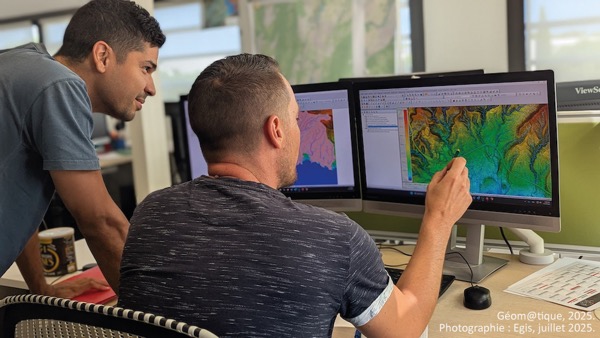
Discover World-Leading Technologies for Ocean Science
Discover cutting-edge solutions from leading global suppliers
The US Coast Guard Research and Development Center has signed a CRADA to explore the potential application and effectiveness of AI-enabled detection and tracking technology in search and rescue (SAR).
The Cooperative Research and Development Agreement (CRADA) was signed with Zelim, a start-up based in Edinburgh, Scotland.
Finding someone in the water is the most fundamental challenge that SAR organisations face around the world.
Over the last century, this task has been undertaken by SAR Units, their pilots and, more recently, drone pilots who often scan the sea surface for hours looking for an object no larger than a football, as much of the human body remains hidden below the surface.
With human-in-the-loop searches, detection performance is inconsistent; human eyes are vulnerable to dust, age, lighting, glare, and fatigue. As a result, the success of a search can depend on the eyesight and level of fatigue of the individual pilot and Search Unit.
Every year, survivor statements recount Search Units flying, sailing or driving past, only to return later. Indeed, search profiles assume a proportion of missed detections within a search. It is unsettling but accepted that missed detections will occur.
Over the last three years, Zelim has been developing ZOE, a solution that employs AI to detect and track multiple people, boats or target objects in the water by day or night, storm, or fog.
Like the driving aids that reduce driver fatigue, provide hazard alerts and timely information in cars, ZOE aids the search operator by consistently scanning the searched area looking for anomalies and providing visual and audible alerts.
The overarching objective of the CRADA is to determine methods to evaluate the effectiveness of AI technology with unclassified optical sensors in various environmental conditions.
This will require the Coast Guard and Zelim to scientifically develop an objective method for determining AI technology effectiveness compared to current accepted standards.
As Pete Lloyd MBE, former SAR helicopter pilot and Director of SAR at Zelim, put it, “If you can’t find someone then you can’t save them.”
Doug Lothian, CTO of Zelim, said; “We have developed ZOE as a tool to support search and rescue units, making it easier for them to spot and track multiple people and boats in the water, whatever the conditions. We are extremely proud to be partnering with the US Coast Guard, who operate the world’s largest SAR fleet. Bringing their operational experience into the project is vital to making sure the technology meets the needs of SAR operators now and in the future.”

















